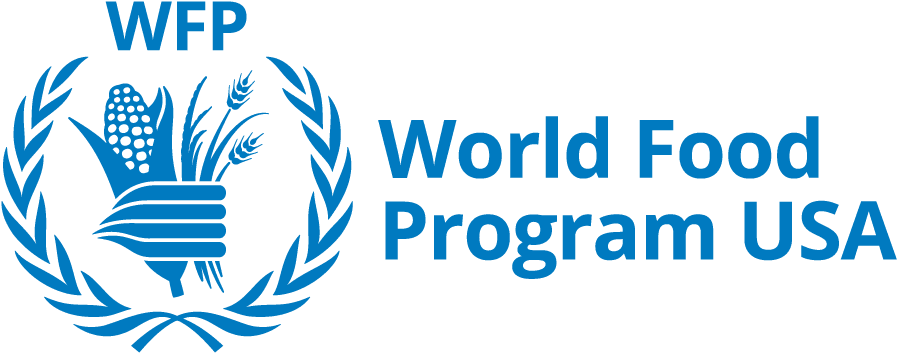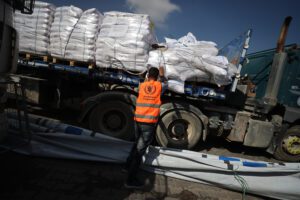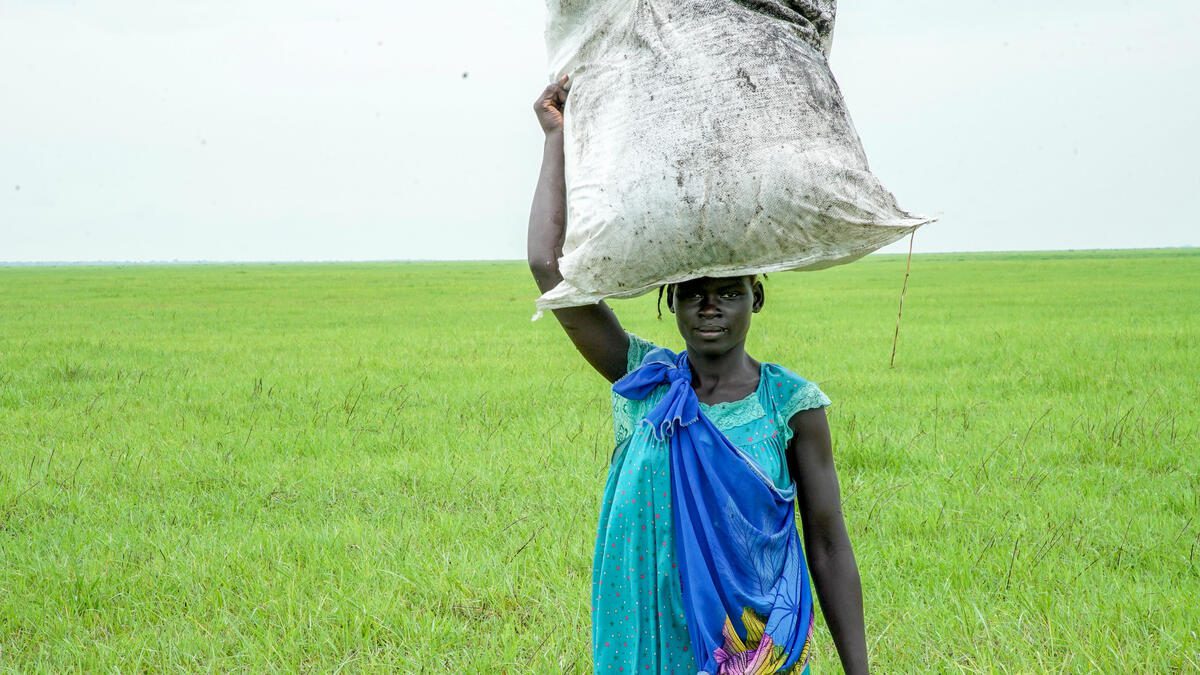What would peace mean for families living in the world’s conflict and hunger hotspots? Self-sufficiency. Safety. Children going back to school and having homes to return to at the end of the day. Or, in the words of a young student in Yemen, “the beginning of happiness.”
Read on for more answers from United Nations World Food Programme (WFP) staff in Yemen, the Central Sahel and Sudan on what peace would mean for the people they serve.
Yemen
By Annabel Symington
Yemen’s hunger crisis was caused by war. Peace is its only solution. Behind this simple formulation is a difficult reality for millions of Yemeni families: displacement, rising food prices, fuel shortages, the depreciation of the currency, lack of jobs, the destruction of infrastructure and basic public services. These are all contributing to rising levels of hunger.
The way to stop hunger in Yemen is to end the war and stabilize the economy.
Peace would mean families could once again produce their own food – something the U.N. World Food Programme is already supporting through programs to rehabilitate farmland, irrigation systems and roads. Peace would mean jobs would return.
Peace would also end restrictions on air and sea imports, which contribute to shortages of fuel and food and drive up costs for Yemenis.

Peace and stability would also mean children could go back to school. The U.N. World Food Programme’s school feeding program in Yemen targets areas where the school dropout rate is the highest due to the war. The daily snacks the children receive are vital nutrition for them, as well as an incentive for parents to keep sending them to school.

Khalwa, a student at a school where the U.N. World Food Programme distributes daily snacks to students, sums up what peace would mean for Yemen: “The end of war means the beginning of happiness.”
Central Sahel: Burkina Faso, Mali, Niger
By Katharina Dirr and Greta Tumbrink
Security incidents, attacks and kidnappings are a daily reality for millions of civilians who are caught between armed conflict, local violence and military operations in the Central Sahel. Land and access to resources are among the main root causes of violence, while climate change, rising costs and COVID-19 continue to exacerbate hunger.

Peace would mean farming and herding communities having access to land and water that would allow them to grow food and their livestock to graze. It would mean that everyone could build their life in a sustainable way and feed themselves.
It would mean people would not have to flee from their homes, leaving everything behind and already vulnerable communities would not have to host displaced people, sharing what little they have. It would also mean our staff and partners could access exactly those people and do their job without facing security risks.

Sudan
By Leni Kinzli
Darfur and some other parts of Sudan continue to be affected by localized, intercommunal clashes. In early December fighting that broke out in West Darfur and claimed the lives of at least 88 people is just one example of this.

These instances of violence also make it more difficult and unsafe for aid agencies, including the U.N. World Food Programme, to reach people with the assistance they need. With no safe way to reach certain locations following outbreaks of violence, assistance is delayed.
Peace for the people of Sudan would mean that efforts can be geared towards creating livelihood opportunities for millions of people, which would help boost local markets and ultimately stabilize the economy.
This story originally appeared on WFP’s Stories on December 10, 2021.






